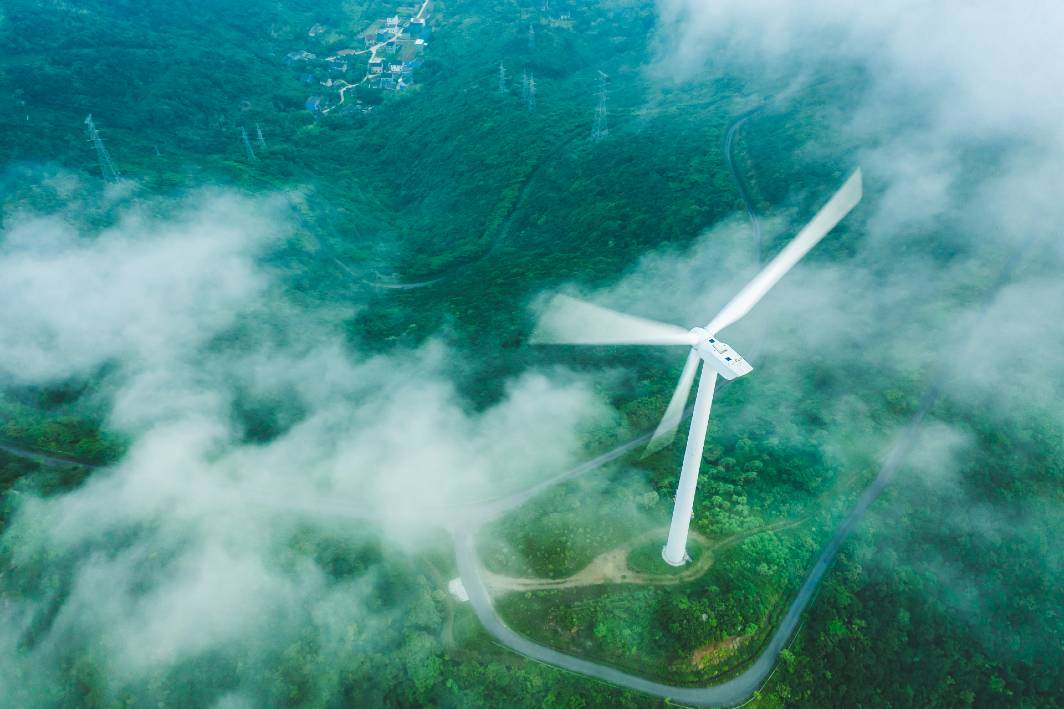Landmark report sets out key milestones to net zero by 2050
Achieving net zero emissions is possible, but the window of opportunity is narrow and requires an unprecedented transformation of our energy systems, the International Energy Agency said in a major report released today.
The report – Net Zero by 2050: a Roadmap for the Global Energy Sector – says that climate pledges by governments to date fall well short of what is required to bring global energy-related carbon dioxide (CO2) emissions to net zero by 2050 and give the world an even chance of limiting the global temperature rise to 1.5 °C.
The report is the world’s first comprehensive study of how to transition to a net zero energy system by 2050 while ensuring stable and affordable energy supplies, providing universal energy access, and enabling robust economic growth. The pathway is dominated by renewables like solar and wind, and calls for exploration of new fossil fuels to stop immediately.
The report is designed to inform the high-level negotiations that will take place at the United Nations COP26 climate summit in November and was requested by the UK government’s COP26 Presidency.
Net zero: key milestones
The report outlines a number of milestones that will be crucial to achieving net zero by 2050:
2021
- No new unabated coal plants and mines, oil and gas fields approved for development
2025
- No new sales of fossil fuel boilers
2030
- All new buildings are zero‐carbon‐ready, 60% of global car sales are electric
- Most new clean technologies in heavy industry demonstrated at scale
- 1,020 GW of annual solar and wind additions
- The phase‐out of unabated coal in advanced economies
2035
- Most appliances and cooling systems sold are best in class
- 50% of heavy truck sales are electric
- No new petrol and diesel car sales
- All industrial electric motor sales are best in class
- Electricity in advanced economies is net zero
2040:
- 50% of existing buildings retrofitted to zero‐carbon‐ready levels
- 50% of fuels used in aviation are low‐emissions
- Around 90% of existing capacity in heavy industries reaches end of investment cycle
- Net zero emissions electricity globally
- Phase‐out of all unabated coal and oil power plants
2045:
- 50% of heating demand met by heat pumps
2050:
- More than 85% of buildings are zero‐carbon‐ready
- More than 90% of heavy industrial production is low‐emissions
- Almost 70% of electricity generation globally from solar PV and wind
COP26 President-Designate Alok Sharma said, “I welcome this report, which sets out a clear roadmap to net-zero emissions and shares many of the priorities we have set as the incoming COP Presidency – that we must act now to scale up clean technologies in all sectors and phase out both coal power and polluting vehicles in the coming decade.
Our first goal for the UK as COP26 Presidency is to put the world on a path to driving down emissions, until they reach net zero by the middle of this century.”
The full report can be read at https://www.iea.org/reports/net-zero-by-2050.













